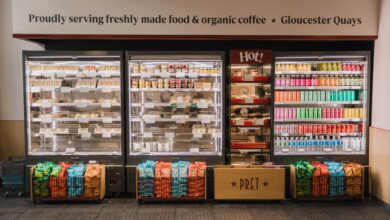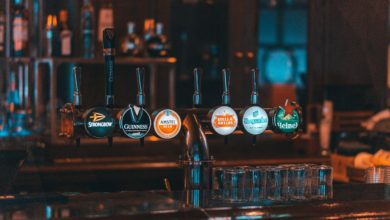
Register to get 1 free article
Reveal the article below by registering for our email newsletter.
Want unlimited access? View Plans
Already have an account? Sign in
It has been a difficult period for the hospitality industry since the pandemic. In the UK the number of available, skilled workers has diminished greatly, an issue that has been accentuated further by factors such as Brexit, rises in minimum wage and operating costs for hospitality businesses, while the national cost-of-living crisis has made consumers more conscious when it comes to spending.
Despite these challenges facing the hospitality sector, there are still plenty of opportunities for businesses to grow their customer base, retain their key audiences, and expand their market share. What’s important is understanding where the value sits within their business, and what can be done to maximise that value.
What does success look like?
Those working within the hospitality sector would agree that the most important thing is attracting customers to your brand, getting those customers through the door, and then retaining them to ensure they return time and again. This isn’t easy though, and to do this successfully on a consistent basis requires lots of hard, measured and precise work, both front of house, in the kitchen and behind the scenes. But where can the hospitality industry start?
The simple answer is their data. A venue’s data holds all of the information relating to their customers. What menu items do they like, when do they prefer to visit, do they have any special requirements, which offers do they use, how many people do they visit with, how do they like to pay; data can answer all of these questions.
Once brands have these answers, they can use it to shape their approach to everything from marketing plans, menu changes, and types of offers to lean into, to which channels to use when speaking with customers, and what changes to the company’s messaging can be made to hit more of its target audiences.
It’s impossible for brands to make good, informed decisions on the direction of their business without having something to back them up. But, when using data, decisions become black and white. This is because data is unemotional, and it’s based solely on the facts, making it simpler for business leaders to make the right choices. It can also highlight what it is about the brand that makes it special in the eyes of their customers, meaning venues can focus more time and energy on the right things.
How do brands gain this level of insight?
To get the most out of their data, businesses need to be aiming for mature data analysis, which is achieved when a brand is using assertive data harvesting to collect large amounts of clean, secure and segmented information relating to their customers. This data must then be analysed and interrogated to truly understand each customer’s wants and needs.
Harvesting this data can be done pre-visit using online booking and virtual queueing solutions, as well as in-visit with self-ordering systems like kiosks and QR-code booking. These data collection processes help to harvest details relating to the customers’ needs, such as their dietary requirements or favourite menu items.
And these opportunities continue post-visit, where feedback surveys and automated email campaigns help to gain insight into customer feelings towards the experience in its entirety.
Why does the value of a venue reside in their data?
Having this level of knowledge on your customer base can revolutionise the way in which a business operates, helping brands to get to the core of what drives their customers, and what makes them repeatedly return. None of this is possible without data though, which is why I believe the true value of venues lies in their data; something that many brands simply don’t recognise.
It’s crucial though that brands use their data effectively, and this all begins with assertive harvesting, segmentation and analysis. This is the key to attracting, engaging, retaining and growing a customer base.
The first three years of this decade have been difficult, and the hospitality sector hasn’t had the help it’s needed to survive and thrive in the current climate. However, by understanding the value that data holds through mature data analysis, hospitality up and down the country can begin to find opportunities to grow and improve their offering in 2023 and beyond.







